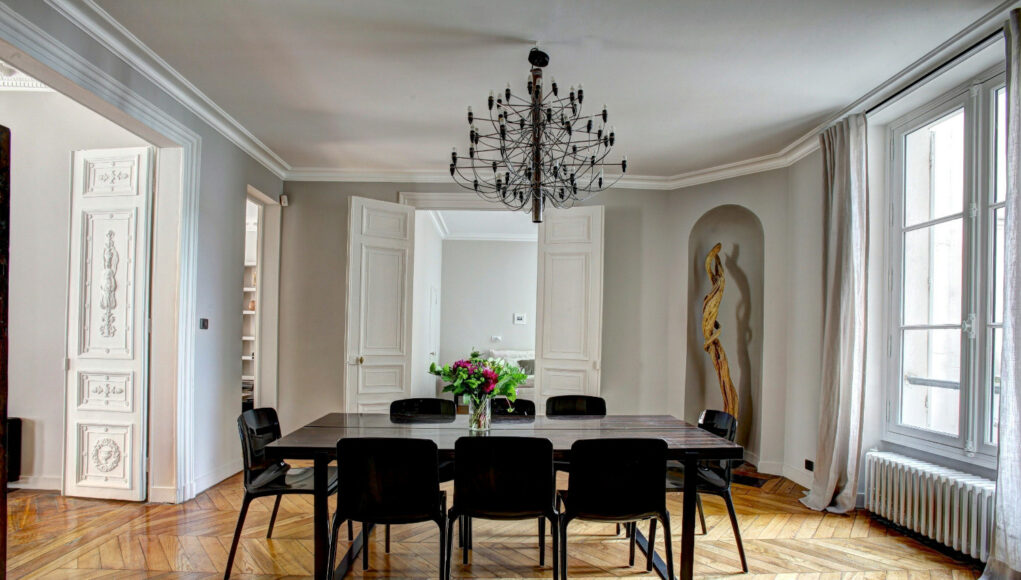Interiors are metamorphizing, driven by a confluence of factors: heightened environmental consciousness, technological advancements, and shifting consumer preferences. The recent ICFF 2024 showcased a cohort of North American designers pushing the boundaries of their craft, exploring innovative approaches to sustainability, materiality, and expression. Let’s explore some of the trends that cropped up at ICFF that are sure to shape the future of interior design.
Sustainability as a Cornerstone
One of the most prominent trends emerging from the ICFF was a renewed emphasis on sustainability. Designers are increasingly seeking ways to reduce their environmental footprint by incorporating recycled materials, minimizing waste, and exploring local sourcing. Eco-friendly materials like mycelium and recycled waste were featured prominently, demonstrating the industry’s commitment to reducing its environmental impact. By repurposing waste materials and developing innovative techniques, many designers demonstrated how sustainable design can be both practical and aesthetically pleasing.
Metal As a Modern Classic
Sleek, monochromatic metal furniture continues to dominate the interior design landscape. While its aesthetic appeal is undeniable, many designers are drawn to metal for its affordability, durability, and malleability. However, to stand out in a crowded market, designers must explore innovative approaches to metalworking. One collection showcased the potential of blackened steel, demonstrating how this versatile material can be used to create striking and functional pieces. Many more metallic accents, particularly in mirrored and reflective finishes, added a touch of glamour and modernity to the fair.
A Return to Ornamentation
Despite the minimalist trend, there is a growing appetite for more ornate and expressive designs. Designers are reinterpreting historical techniques and incorporating symbolic elements to create pieces that are both visually appealing and emotionally resonant. By combining traditional craftsmanship with contemporary aesthetics, designers are creating pieces that are both functional and thought-provoking.
Collectible Design: A Niche Market
The collectible design market continues to expand, offering designers the opportunity to explore conceptual themes and create unique, limited-edition pieces. While this approach may be riskier than mass production, it allows designers to experiment with materials, forms, and references without constraints. Standout pieces included innovative uses of wood, such as sliced, stacked, and steam-bent designs.
Beyond the Surface
In addition to these trends, there is a growing emphasis on the emotional and psychological impact of interior design. Playful shapes and whimsical designs brought a sense of joy and approachability to the fair, showcasing the versatility and creativity of contemporary furniture. Designers are exploring how spaces can be designed to promote well-being, creativity, and connection. This trend is particularly evident in the rise of biophilic design, which incorporates elements of nature into indoor spaces. Earthy and raw surfaces, often paired with natural materials like stone, created a sense of tranquility and authenticity at ICFF.
There is also a growing interest in personalized and customizable design. As consumers become more discerning, they are seeking pieces that reflect their unique tastes and lifestyles. This trend is driving a demand for bespoke furniture and home decor.
A Call For Bold Innovation
As the interior design industry continues to evolve, it is clear that sustainability, innovation, and expression will remain driving forces. However, designers must also consider the emotional and psychological impact of their work to ultimately create spaces that are not only aesthetically pleasing but also meaningful, functional, and conducive to well-being.
From sustainable masterpieces that breathe new life into discarded materials to futuristic concepts that defy our imagination, the possibilities are boundless. Interior design is no longer just about aesthetics; it’s about creating experiences, preserving our future, telling stories, and inspiring a sense of awe.
Dare to challenge the status quo, push the boundaries of your imagination, and create spaces that not only look beautiful but also make you feel alive. The future of interior design is yours to shape.
SOURCES: ICFF






